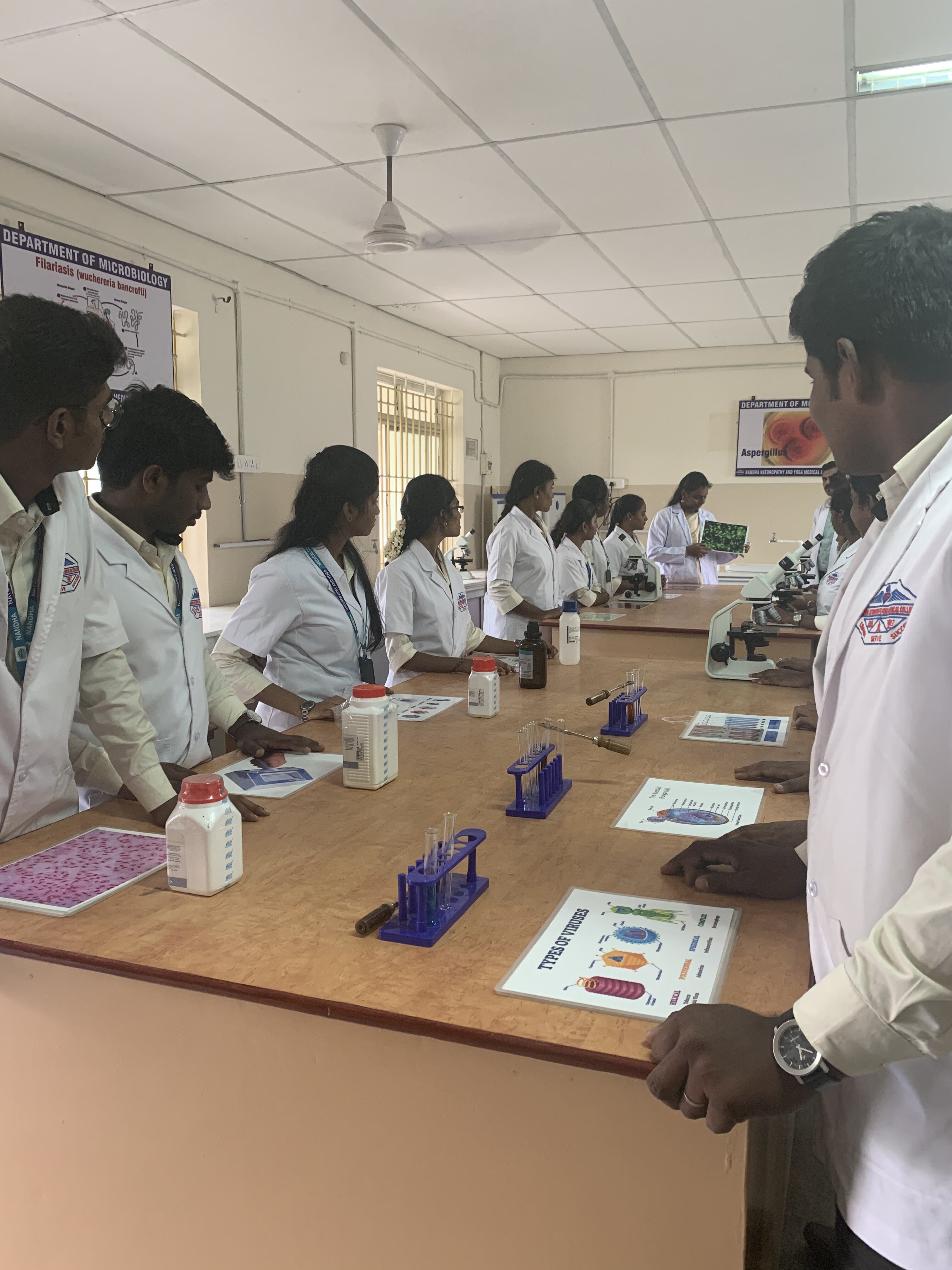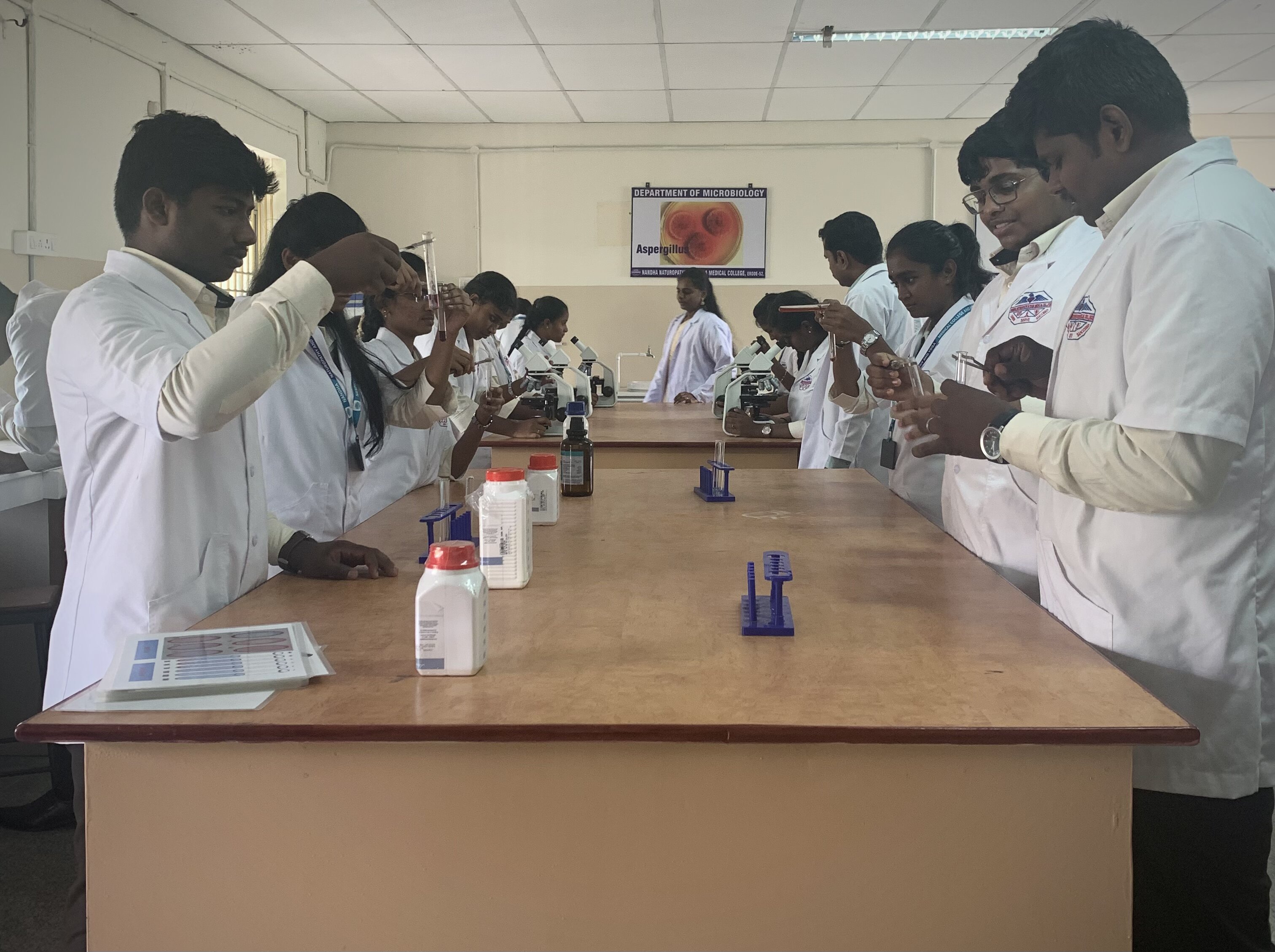DEPARTMENT OF MICROBIOLOGY
Microbiology attempts to emphasize the infectious diseases that are of actual or potential importance to humans. The course emphasizes distribution, morphology and physiology of microorganisms in addition to skills in aseptic procedures, isolation and identification. This course also includes sophomore level material covering immunology, virology, epidemiology and DNA technology.
Course Objectives
- Describe in details the morphology, the culture, spread, biochemical activities, antigenic characters, pathogenesis, laboratory diagnosis, treatment& prevention &control measures of each bacteria.
- Define the organs commonly involved in the infection.
- Recall the relationship of this infection to symptoms, relapse and the accompanying pathology.
- Explain the methods of microorganism control, e.g. chemotherapy & vaccines.
- Demonstrate practical skills in fundamental microbiological techniques.
- Present and interpret results obtained from using these techniques.
- Present information clearly in both written and oral form
- Describe the architecture, chemical composition, cultivation and classification of viruses.
- Define the terms necessary to understand disease principles and epidemiology: normal and transient flora, opportunists, pathogen, infection, disease, virulence and its measures, etiology, nosocomial, epidemic, endemic, pandemic, portals of entry and exit, types of symbiosis, predisposing factors, morbidity and mortality.
- Compare and contrast living and nonliving reservoirs, using examples.
- Compare and contrast disease transmission, using examples: contact, vehicle, and vector.
- Compare and contrast the stages of disease development: incubation, prodrome, illness, decline and convalescence.
- Compare and contrast immediate and delayed hypersensitivity (allergy), using examples.
- Compare and contrast autoimmune diseases and immune deficiencies, using examples.
- Compare and contrast the immune response to tumors and cancer with that to transplants (grafts), using examples.












